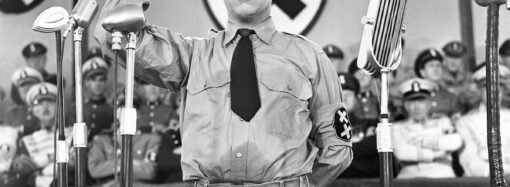Last week I reported on the growing movement to “save the Constitution by amending it” – the much-precedented process of amending the Constitution to push the government back toward Founding-Era principles.
Previous amendments have been proposed by Congress, and ratified by the states. But I noted that Congress is unlikely to propose amendments to limit its own power. So many people are looking at the Constitution’s other way of proposing amendments for the states to consider. This is for two thirds of state legislatures to require Congress to call a “convention for proposing amendments.”
The Founders frequently used conventions to suggest answers to problems. I’ve found that today most people think there was just one convention—the famous gathering at Philadelphia that wrote the Constitution. But that’s not true, not by a long shot. There were many such assemblies, both within states and among the states themselves.
Conventions within states consisted of delegates representing the people. They addressed all sorts of issues, including proposing state constitutional amendments. Interstate or “federal” conventions, which were modeled on international diplomatic meetings, were gatherings of delegates appointed by the states and representing them. The Constitution’s “convention for proposing amendments” was designed to be a federal convention. (The Constitution also created two kinds of in-state conventions.)
Before 1787, there were interstate or “federal” conventions held at various times in Providence, York, Springfield, Philadelphia (in 1780), New Haven, Hartford (twice), and Annapolis.
None of these federal gatherings were “constitutional” or, as Madison and Hamilton called them, “plenipotentiary.” Rather, they were targeted at particular problems, such as wartime inflation and interstate commercial relations. Delegates from each state had to limit themselves to following state instructions. The “convention for proposing amendments” is one of those limited gatherings. Its sole purpose is to negotiate and draft for transmittal to the states possible constitutional amendments—the same thing Congress can do any time it chooses.
The history of the many Founding-Era conventions gives us valuable information about how the convention process is supposed to work. For example, it often is claimed that any convention is uncontrollable, but the processes developed in the Founding Era pretty well kept conventions to their proper agendas.
The one example cited by those who argue an Article V convention is uncontrollable is the Constitutional Convention of 1787. They point out that Congress wanted the convention to consider only amendments to the Articles of Confederation, but it wrote a whole new Constitution instead. The problem with that argument is that the agenda of an interstate convention was (and is) not vested in Congress. It is controlled by the states. And the overwhelming majority of states who sent delegates to Philadelphia in 1787 empowered those delegates to suggest an entirely new government, not just amend the Articles. Similarly, states can limit their delegates to considering only an issue or two.
Convention history offers a great deal of additional guidance on how a convention for proposing amendments would work. I’ll relate more in a later post.








